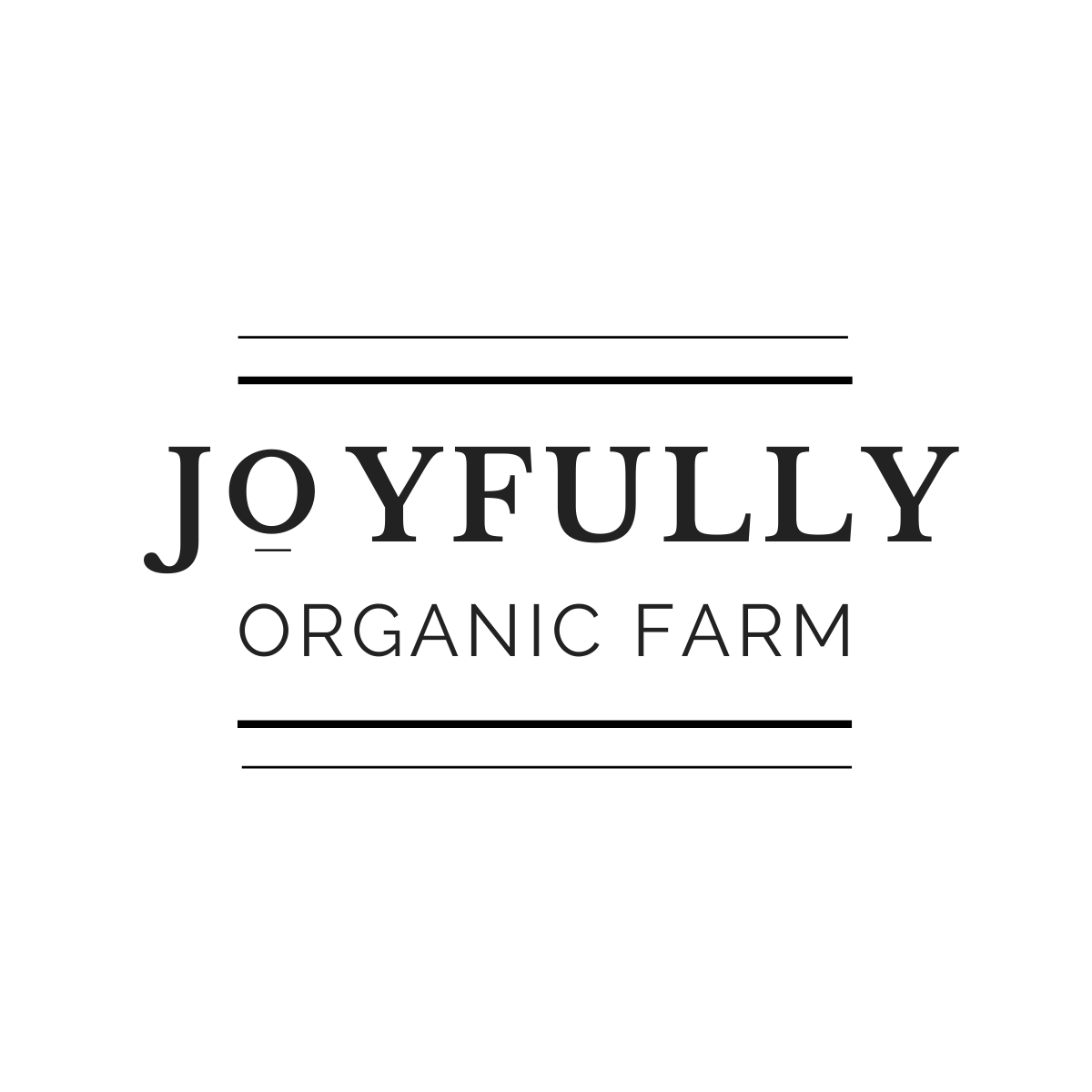When you visit our farm, you’ll notice that our fields don’t look freshly flipped or ploughed under each season. Instead, the soil is quietly alive, covered with growing plants or organic matter almost year-round. That’s because we practise minimal tillage — a gentler, regenerative, more ecological way of farming that protects and strengthens the soil rather than disturbing it.
What “Minimal Tillage” Means
Traditional tillage uses heavy equipment to turn over the soil before planting. While that can make for a clean slate, it also breaks apart soil structure, exposes microbial life to air and sun, and releases stored carbon back into the atmosphere. Minimal tillage takes a different approach. We disturb the soil as little as possible — loosening it only when necessary and relying instead on living roots, compost, and organic residues to build fertility and structure naturally.
Why We Believe in It
Healthy soil is the foundation of everything we grow. By keeping its structure intact, we:
Protect soil life. Earthworms, fungi, and beneficial bacteria can thrive undisturbed, forming networks that feed our plants.
Build organic matter. Less tilling means more carbon stays in the ground, improving soil texture and water retention.
Prevent erosion. Keeping roots in the soil and crop residues on the surface shields it from wind and rain.
Grow healthier plants. A stable, living soil system supports stronger, more nutrient-dense crops.
What It Looks Like on Our Farm
On our farm, you’ll see a patchwork of cover crops, permanent beds, and minimally disturbed fields. Instead of deep tilling the soil between crops, we use techniques like shallow cultivation, cover cropping, green manure and shallow bed prep tools to prepare beds. Over time, this approach has created a rich, crumbly soil that holds moisture beautifully and grows vibrant, resilient vegetables — the kind you can taste the difference in.
Farming with the Future in Mind
Minimal tillage isn’t about doing less — it’s about working with the soil, not against it. It takes patience, planning, and a deep respect for the living ecosystem beneath our feet. Each season, the soil becomes more alive, more balanced, and more capable of feeding the plants (and people) we love.
That’s the quiet beauty of soil-first farming: caring for what’s under the surface so everything above it can thrive.








